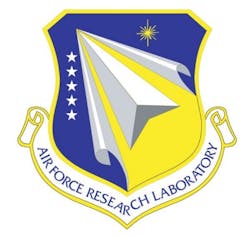Radar-acquisition PCI board to help build radar display systems introduced by Cambridge Pixel
LITLINGTON, England, 29 April 2011. Cambridge Pixel Ltd. in Litlington, England, is introducing the HPx-200 high-performance PCI-based primary radar-acquisition card -- a radar acquisition and processing tool to help build server and client display systems. The HPx-200 interfaces to many kinds of primary radar signals with analog and digital radar video inputs, trigger, and azimuth (ACP/ARP and parallel data) signals.Capturing one or two channels of video at speeds as fast as 50 MHz using 120-bit A/D converters, the HPx-200 uses a field-programmable gate array (FPGA) for pre-processing the radar video before transferring to the client software via the PCI bus.The radar-acquisition card processes differential or discrete radar trigger and azimuth signals, and supports opto-coupled inputs. The HPx-200 has an optional end-of-range signal to terminate sampling.
Software support for the HPx-200 includes Windows and Linux, with a C/C++ board support package. The board is a viable capture solution for systems integrators who run their own processing software, says David Johnson, managing director of Cambridge Pixel.
For more information, contact Cambridge Pixel online at www.cambridgepixel.com.
